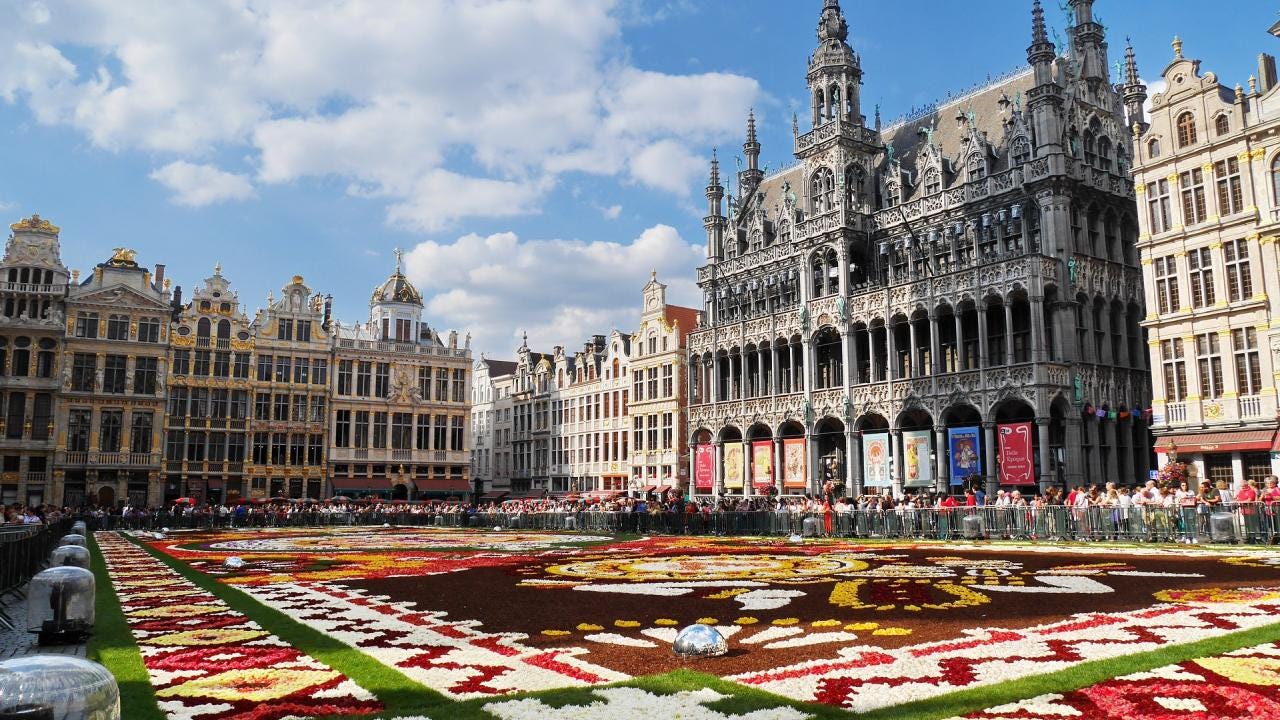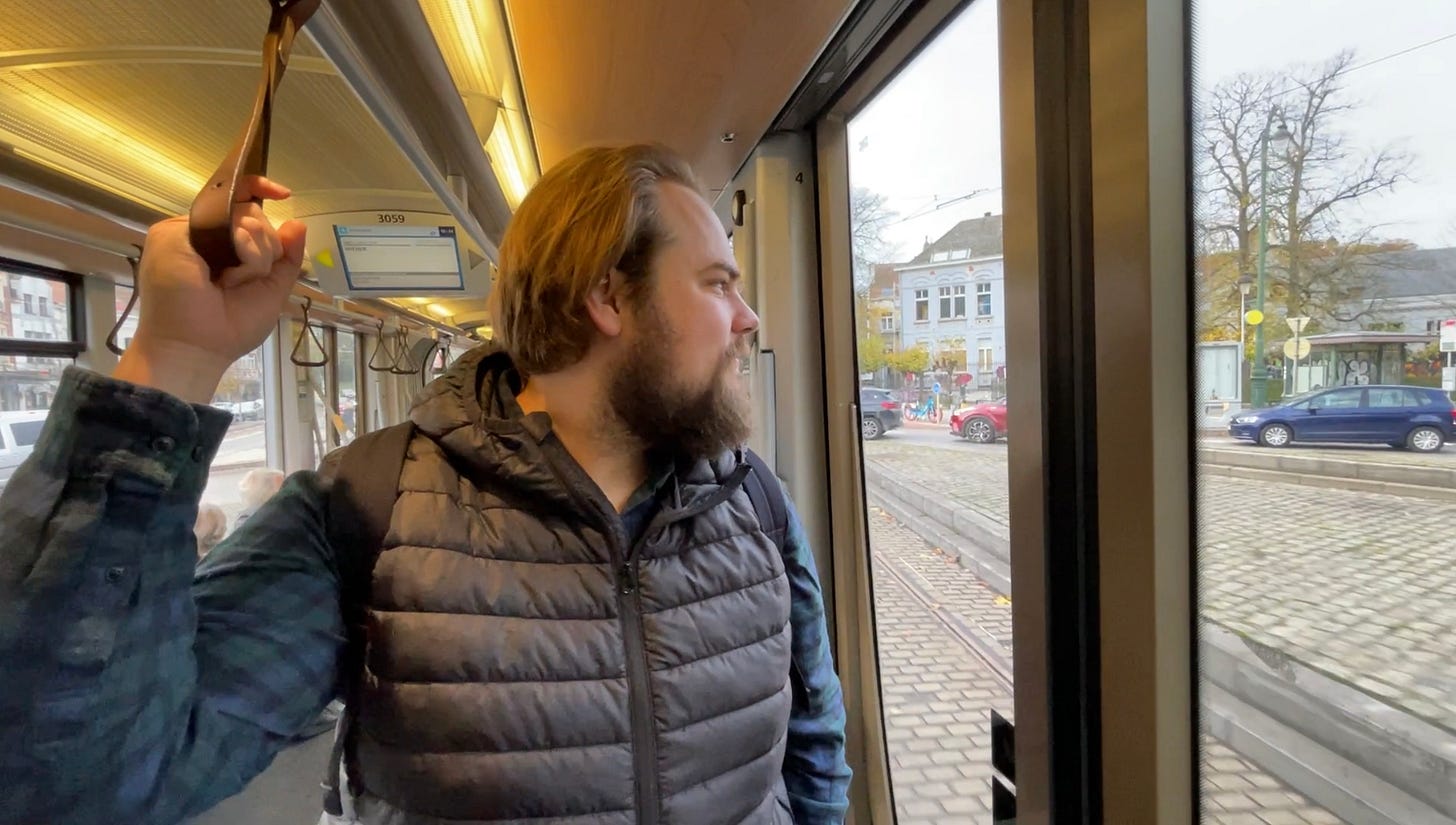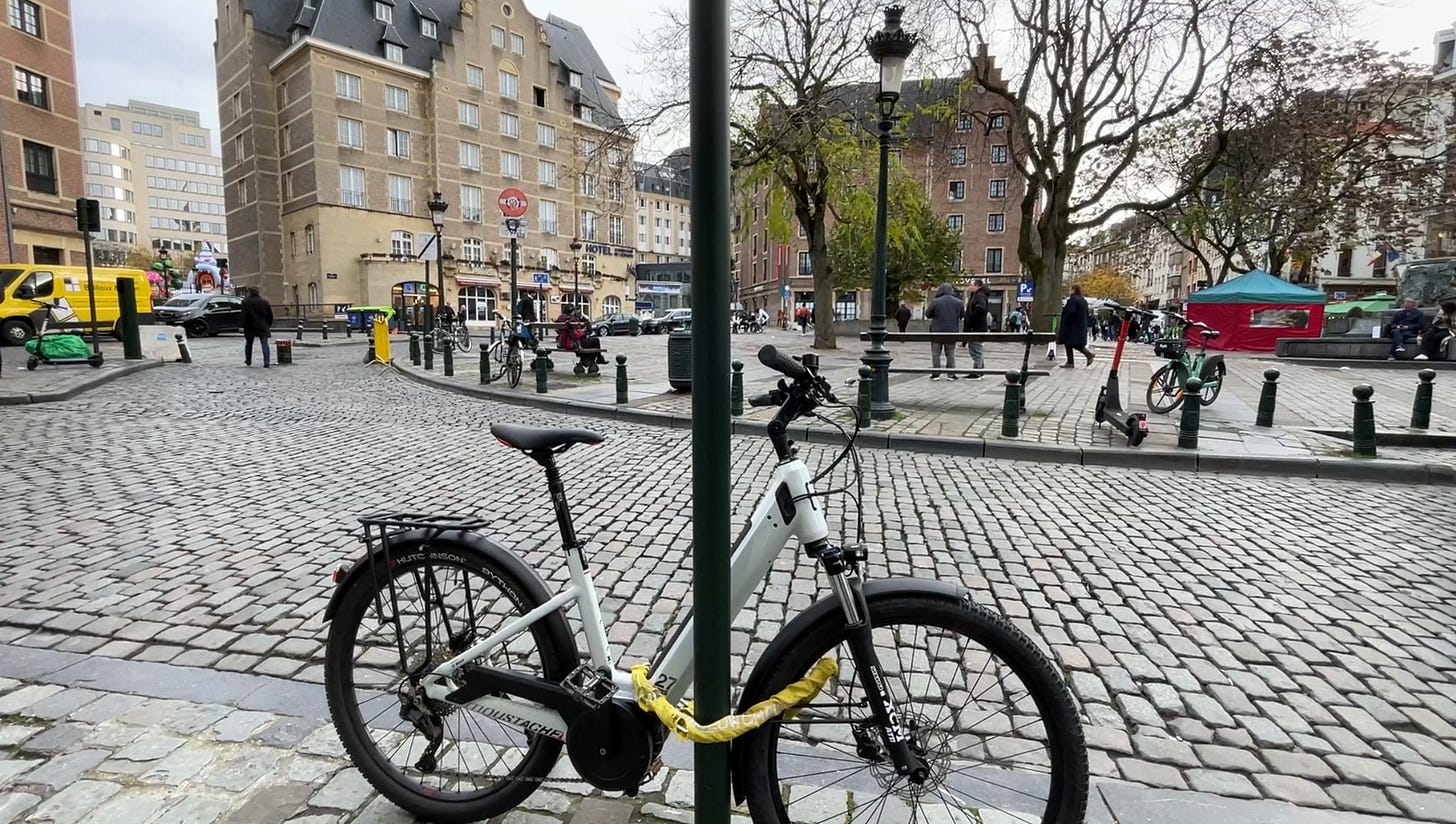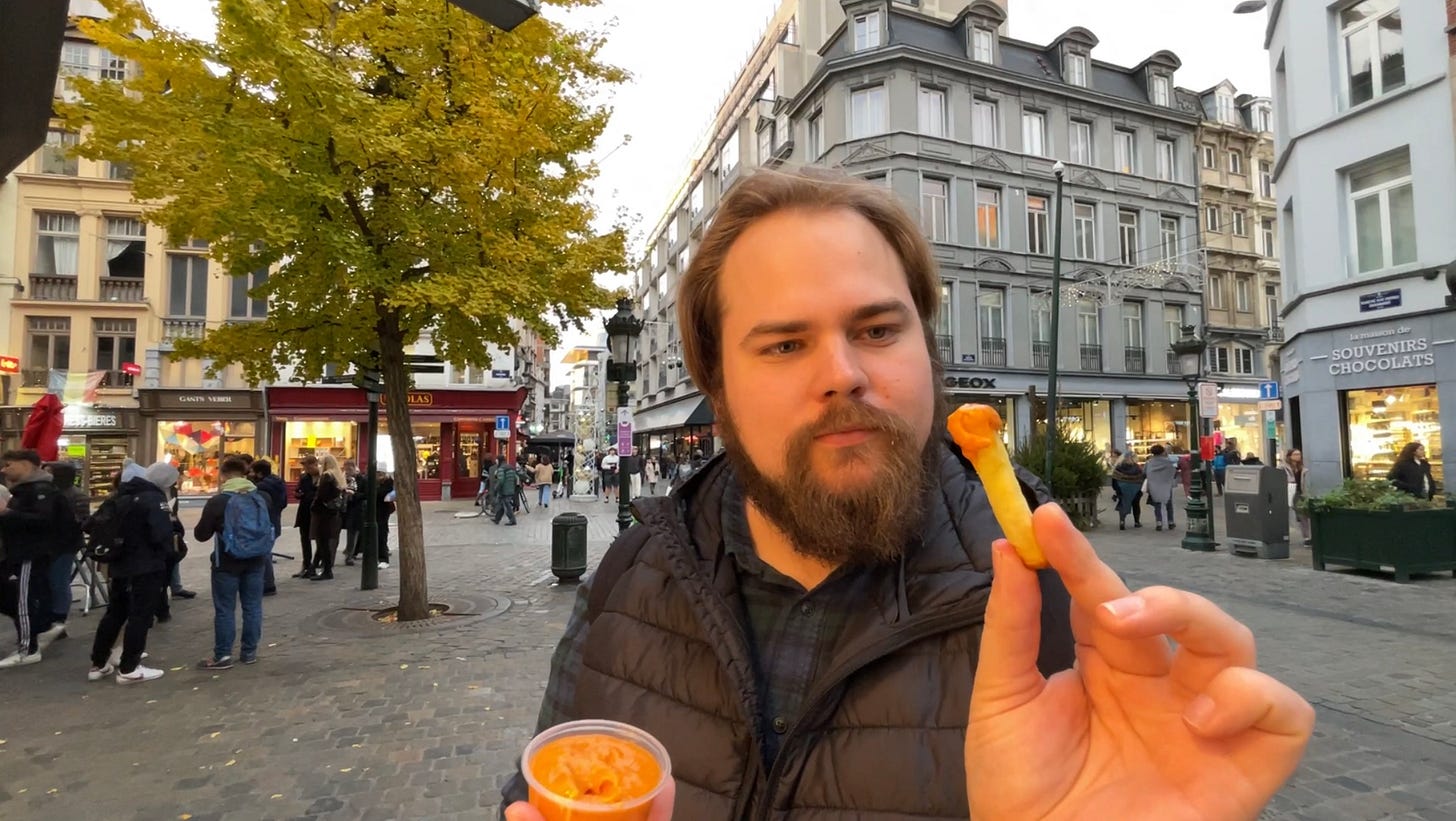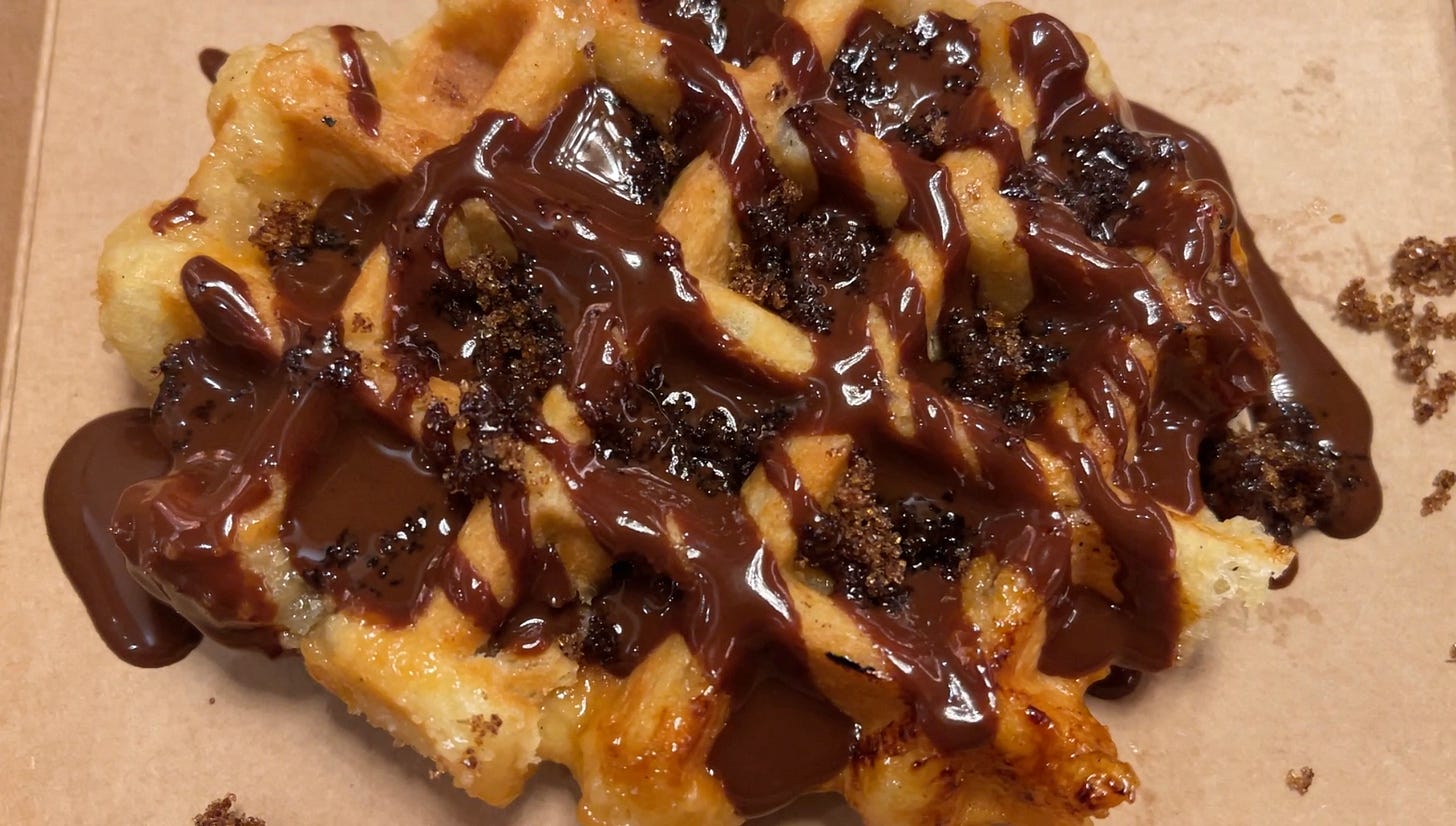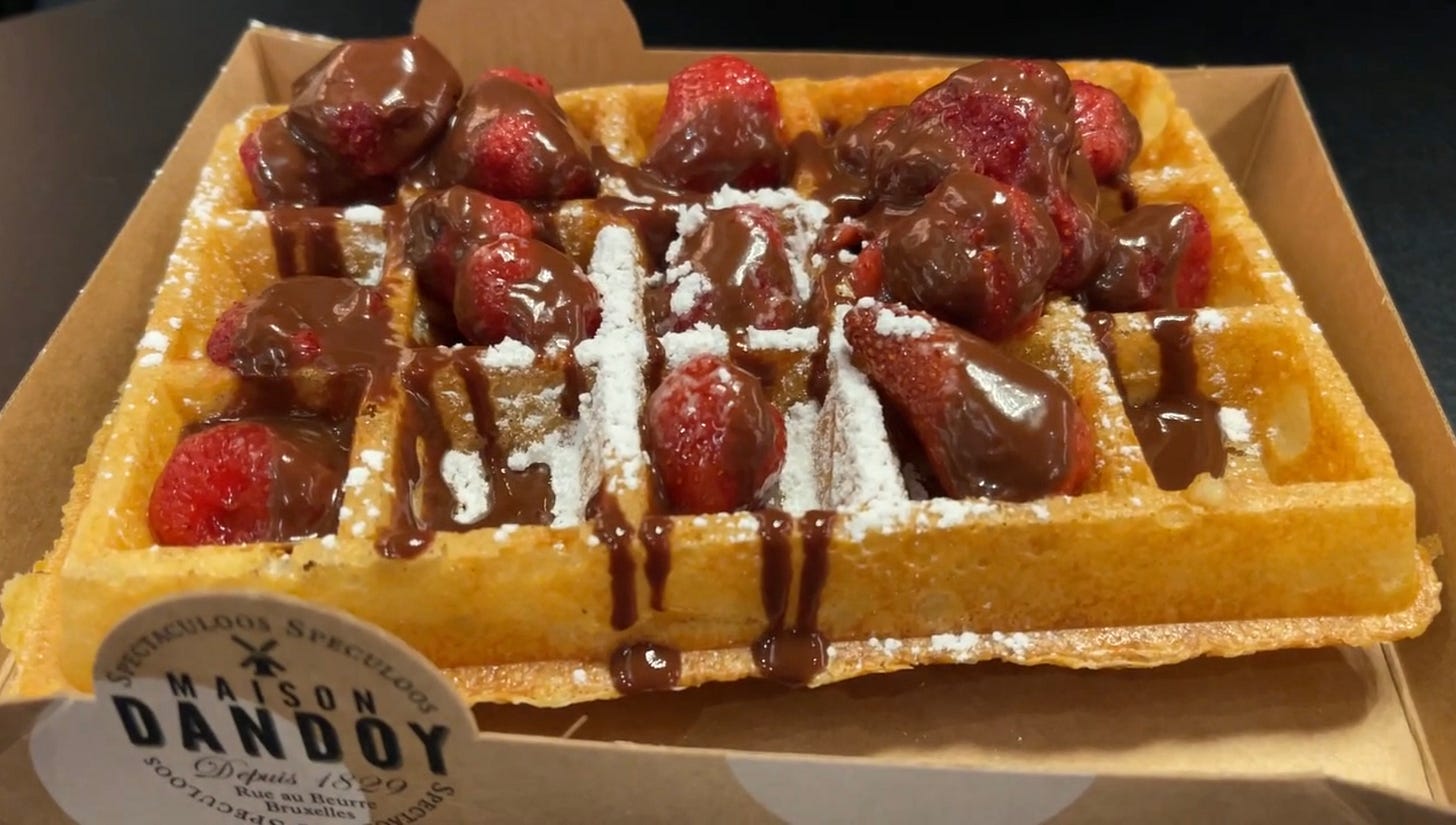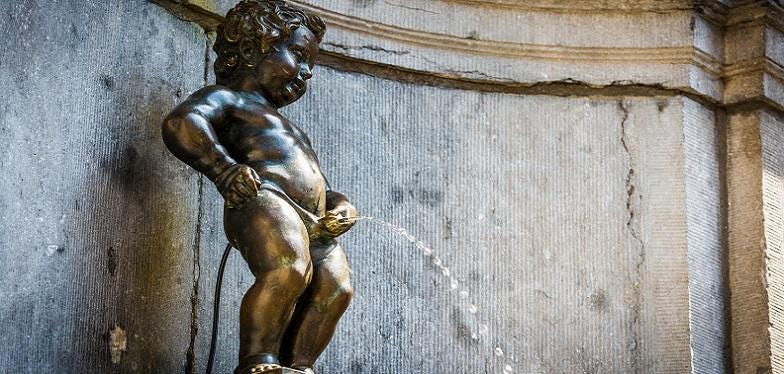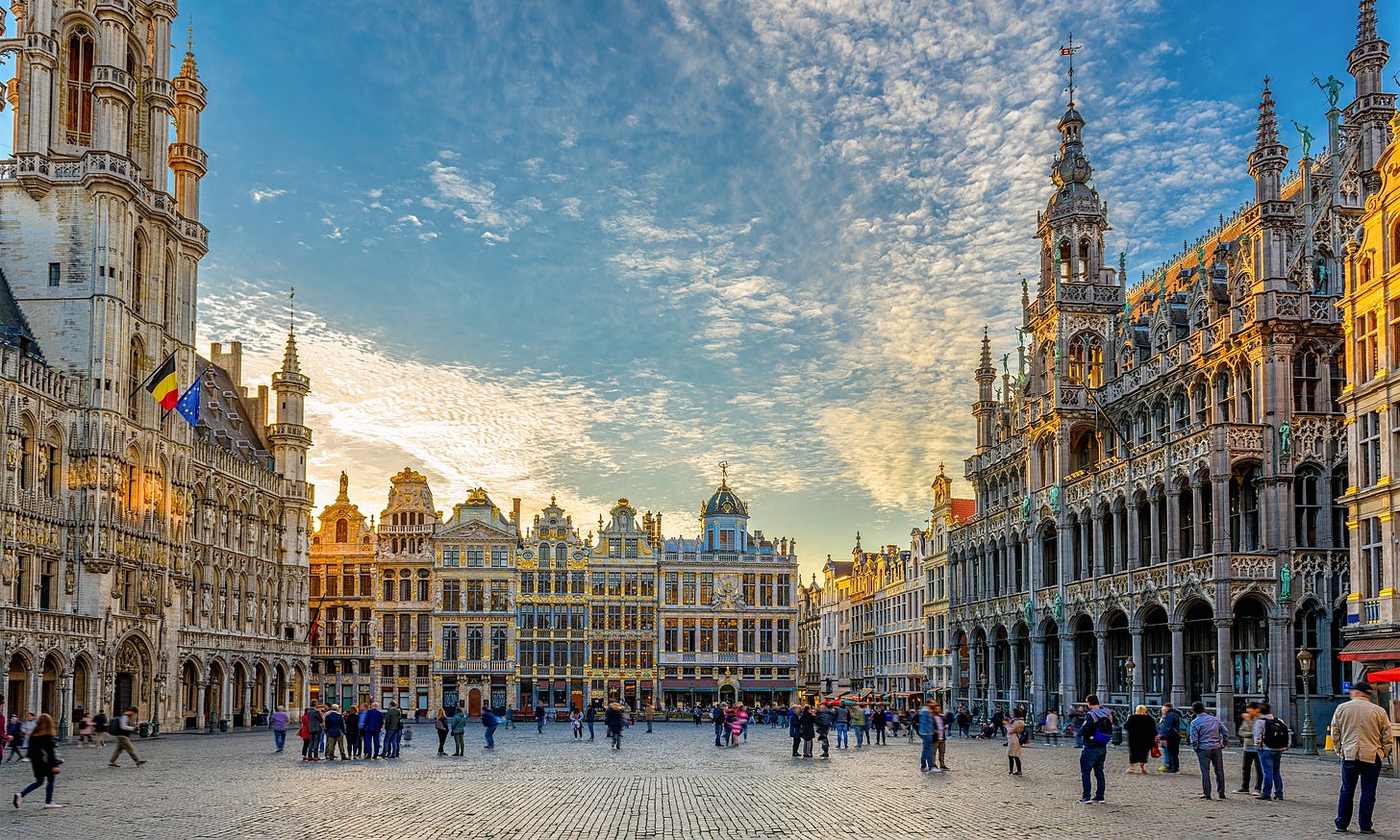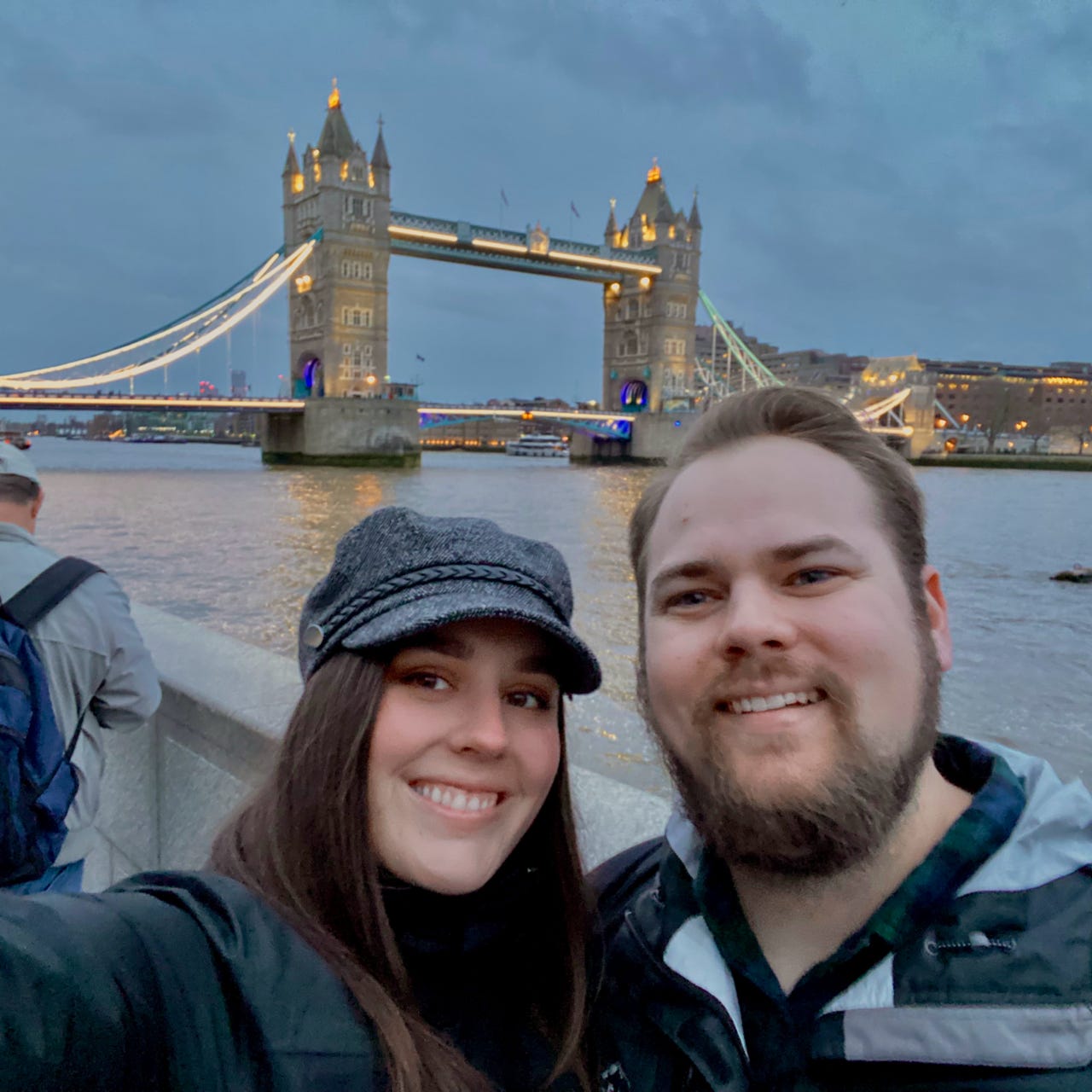Fun fact for the day:
Did you know that Brussels, Belgium is considered the capital of Europe?
Personally, I didn't know Europe even had a designated capital!
As the location of both NATO and European Union headquarters, Brussels is an extremely crucial location for European politics.
However, on a more fun note, it is also the epicenter of Belgian culture and cuisine!
After our brief stopover in Helsinki, we jumped all the way to Belgium via a brief connection in Copenhagen.
While Brussels wasn’t part of our original plan, we decided it was a perfect home base to explore the Benelux region.
Since the AirBnB prices in the city center were a little out of our price range, we explored options in the surrounding neighborhoods.
In typical European fashion, the public transit infrastructure in Brussels is nothing short of immaculate, so there was very little inconvenience associated with staying 25 minutes outside of the city center.
We ended up scoring our coolest accommodation of the entire year, by far!
This incredible manor, surrounded by the last few traces of Autumn leaves, was our humble abode for an entire week!
Now, to be clear, we didn’t have access to the main house. We were staying in a private flat above the garage. But, it was still so much fun to come home to such a magnificent residence every night!
Brussels was an absolute blast to explore. There are so many features of the city that make it unique.
Perhaps the most unique part is that there are actually three official languages, and most residents are fluent in all three!
The majority of people speak French, but English is also very common because of the abundance of international influence.
In fact, almost everyone within a 30-45 minute radius of the city speaks fluent English.
The third language is called Flemish, and this is an older language associated with the Belgian region of Flanders. It is the only language that is truly native to Belgium exclusively.
We heard far less Flemish compared to French, but it was truly amazing how multilingual the city was!
There were signs with all three languages in most of the train stations and on the streets. Even restaurant menus generally included all three.
Speaking of restaurants, we wasted no time immersing ourselves in the many flavors of Belgium. Brussels is a culinary powerhouse, and it was not difficult to find an array delicious Belgian indulgences!
We’ll start with the classics. The two most famous delicacies are Belgian frites (fries) and the one and only Belgian waffle.
Belgian frites are pretty easy to find in almost every major city in Europe, but having them in Brussels is an unrivaled experience.
So, what exactly makes the Belgian style so much better than any other type of fried potato item? It has to do with the texture and the process of frying.
Belgian frites are actually fried twice. The first time is done both longer and with lower heat, which allows the thick-cut wedges to become tender in the middle. The second time, which can be done hours after the first round, creates a crispy crunch around the outside by cranking up the heat.
The frying is also traditionally done in duck fat, which is meant to give the potatoes a very specific flavor.
Most Belgian frites establishments will also offer dozens of different dipping sauces to choose from, but our absolute favorite was the “Samurai” sauce. This is a Belgian invention that combines ketchup, mayo, and spicy Moroccan harissa.
The perfect compliment to a perfect fry!
Okay, let’s go from the savory to the sweet.
A trip to Brussels is not complete without consuming multiple Belgian waffles.
They don’t actually use the term “Belgian waffle” in Belgium. There are two different types: the traditional Líege waffle and the Brussels waffle (which is more similar to what we consider a Belgian waffle).
The Líege waffle is a little more dense, and has melted pearl sugar on top that creates a delicate caramel flavor.
The Brussels waffle has deeper pockets and usually includes more toppings such as fresh fruit and whipped cream.
We tried both, and you really can’t go wrong either way! The Líege waffle is a little more unique and traditional to Belgium, but the Brussels waffle is an undeniable classic!
We noticed that the Brussels waffle is much better at holding multiple toppings because of the pockets, while most people order the Líege waffle with the traditional melted pearl sugar and nothing else. We just couldn’t pass up the chocolate drizzle!
It was very interesting to learn that waffles are categorized as a dessert in Europe. The same goes for pancakes. They have absolutely no association with breakfast.
In fact, the Europeans think we are crazy for even considering having a waffle in the morning. To them, it is not unlike having cake, pie, or ice cream for breakfast!
No matter what time of day you eat a Belgian waffle, it is an extremely enjoyable experience.
Before I forget, another Belgian delicacy that deserves and honorable mention (which can be found all over France as well) is “moules et frites”.
This is French for “mussels and fries” which is a pretty self-explanatory description of the dish.
The mussels are prepared with butter, garlic and lemon while the fries are served on the side to be dipped in the buttery goodness on the bottom of the plate.
It is considered the national dish of Belgium, and we couldn’t resist ordering it several times!
Apart from the incredible food and unique multi-lingual culture, Brussels is also an architectural standout.
While the grandeur of the palaces and cathedrals can’t be missed, we enjoyed the quirkiness of the sculptures around the city.
The famous “Manneken Pis” is a bronze sculpture of a small boy urinating into a fountain. Despite the crudeness of the depiction, this 400-year-old sculpture is considered a national landmark!
When it comes to architectural marvels, however, the Grand Place of Brussels reigns supreme.
Yes, it is place. Not palace. A common mix-up.
The Grand Place is the main square of Brussels and the location of the city hall.
The decadence of the buildings on this square is truly mesmerizing. Even after 11 months of seeing European town squares, this one caught us off guard!
What stood out to me most of all was the gold accents on almost all of the buildings. The square is completely encapsulated by these beautiful facades, and gleam of gold stands out, especially on a sunny day.
Okay, I promised beer. Don’t worry, I didn’t forget!
Belgian beer can be described in so many different ways, but the one that stands out to me is STRONG.
There is a particular style of beer called “Trappist” that has strong ties to Belgian history. It was actually originally brewed by monks! The name “Trappist” comes from the Trappist monasteries, some of which still brew beer to this day!
Of the seven still brewing, six are located in Belgium.
The Trappist beer uses a specific strain of yeast that creates a very fruity flavor and higher alcohol content.
This is a dangerous combination. Most Trappist beers contain between 8% to 12% alcohol by volume, but you would have no idea! It is some of the sweetest and most delicious beer you will ever try.
My two favorites were Westmalle and Tripel Karmeliet, which I was pleased to find out are both exported to the US!
Delirium is another popular Belgian beer export, and it is easy to spot with its pink elephant logo. They actually had a Delirium Café in Brussels that is completely decked out in Delirium memorabilia!
Whether you visit Belgium for the food, the beer, or the scenery, I have no doubt that you will be completely blown away.
Our next leg of the adventure brought us to one of the most iconic cities in all of Europe! More on that next week 😁




